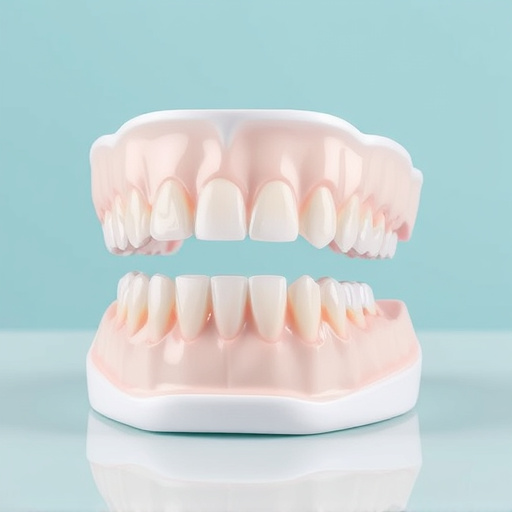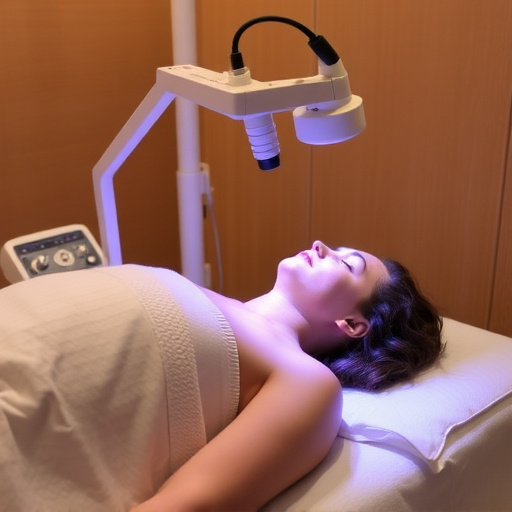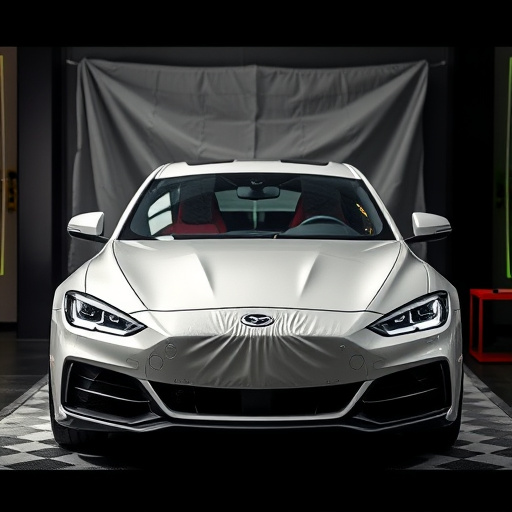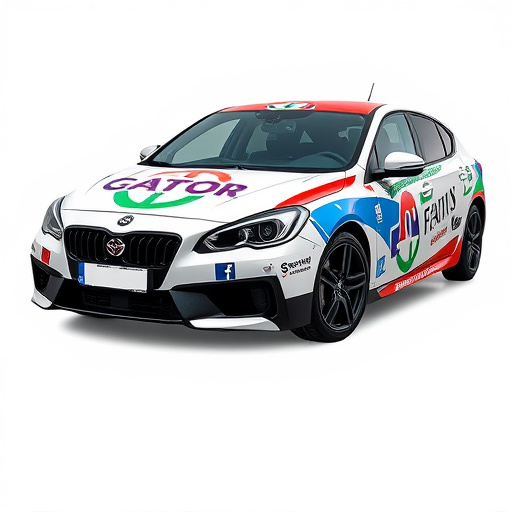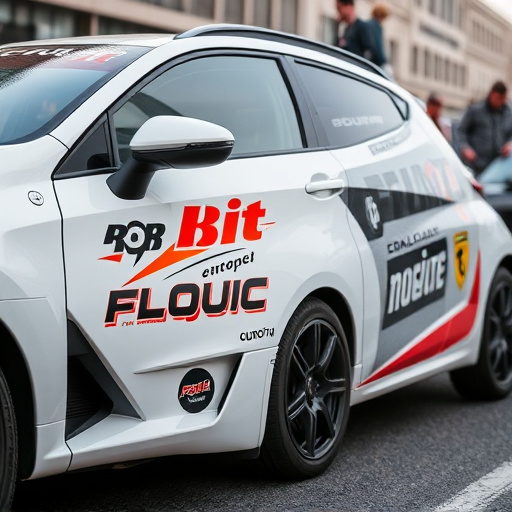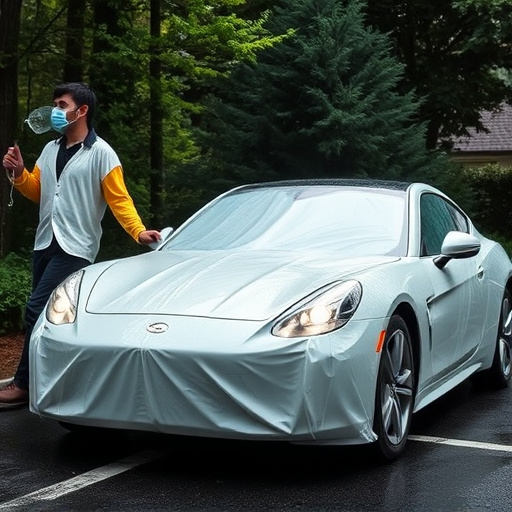Heat rejection tinting is an advanced solution that blocks harmful UV rays and reduces interior temperatures in vehicles, homes, and commercial spaces, enhancing comfort and energy efficiency. By absorbing, reflecting, and dissipating heat, specialized films protect interiors from damage and lower cooling costs. For optimal results, consider professional installation, high-quality coatings, and paint correction techniques.
Heat rejection tinting is a game-changer in managing indoor temperatures, offering an innovative solution to combat rising global warmth. This advanced technology involves specialized coatings that reflect heat from sunlight, significantly reducing interior heating loads for cars, homes, and commercial buildings. By understanding the science behind it—how it interacts with light and heat energy—we can appreciate its broad applications and numerous benefits. Explore these aspects to unlock a cooler, more sustainable future.
- Understanding Heat Rejection Tinting: The Science Behind It
- Applications of Heat Rejection Tinting: Cars, Homes, and Commercial Spaces
- Benefits and Considerations for Heat Rejection Tinting
Understanding Heat Rejection Tinting: The Science Behind It

Heat rejection tinting is a cutting-edge technology designed to mitigate the entry of harmful UV rays and reduce interior temperatures in cars, homes, and commercial spaces. The science behind it involves specialized films that are applied to windows and glass surfaces. These films are crafted from advanced materials that absorb, reflect, and dissipate heat, preventing it from passing through the glass.
By employing heat rejection tinting, premium automotive services and car customization experts can significantly enhance comfort and protect interior finishes. The process not only keeps vehicles cool but also reduces the need for excessive air conditioning, leading to energy efficiency gains. Similarly, in residential and commercial settings, this technology helps maintain a pleasant indoor environment, thereby reducing cooling costs and contributing to a more sustainable future through its energy-saving benefits.
Applications of Heat Rejection Tinting: Cars, Homes, and Commercial Spaces
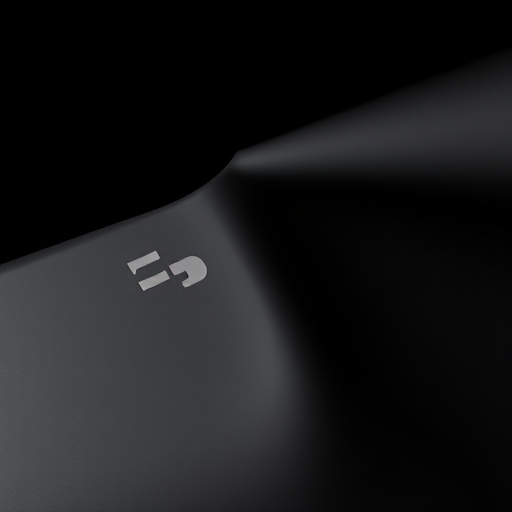
Heat rejection tinting is a versatile technology with numerous practical applications across various sectors. One of its primary uses is in vehicles, where it plays a significant role in enhancing the driving experience and protecting occupants from the sun’s harmful rays. By reducing the amount of heat that enters a car, this tinting method keeps interiors cooler, thereby improving comfort during hot weather. Moreover, it offers UV protection, preventing damaging ultraviolet radiation from penetrating the vehicle, which is crucial for maintaining the quality of fabrics, plastics, and other materials inside.
Beyond automobiles, heat rejection tinting finds its way into residential and commercial buildings as well. In homes, it helps regulate indoor temperatures by blocking excessive heat transfer through windows, leading to improved energy efficiency and reduced cooling costs. Commercial spaces, such as offices, retail stores, and hotels, also benefit from this technology in terms of protective coatings that safeguard furniture, equipment, and artwork from sun damage. By limiting the impact of UV radiation, these tinting solutions contribute to the longevity of various surfaces, thereby reducing the need for frequent replacements and repairs.
Benefits and Considerations for Heat Rejection Tinting

Heat rejection tinting is a game-changer when it comes to enhancing vehicles, homes, and commercial spaces. One of its primary benefits is energy efficiency; by blocking out significant amounts of solar heat, these tints help reduce interior temperatures, leading to lower cooling costs. This is particularly advantageous for structures with large glass windows, where the sun’s rays can intensify and raise the overall temperature.
When considering heat rejection tinting, several factors should be taken into account. While it offers excellent protection against harmful UV rays, which is beneficial for both interior furnishings and occupants’ health, it requires professional installation to ensure optimal performance. Additionally, not all tints are created equal; high-quality protective coatings and paint correction techniques can enhance the tint’s effectiveness while maintaining a clear, seamless finish, ensuring both functionality and aesthetics.
Heat rejection tinting is a game-changer in managing interior temperatures, offering a versatile solution for cars, homes, and commercial spaces. By understanding its science and exploring diverse applications, we can significantly enhance comfort and energy efficiency. While considering installation, evaluating the benefits against costs will help make informed decisions regarding this innovative technology.

